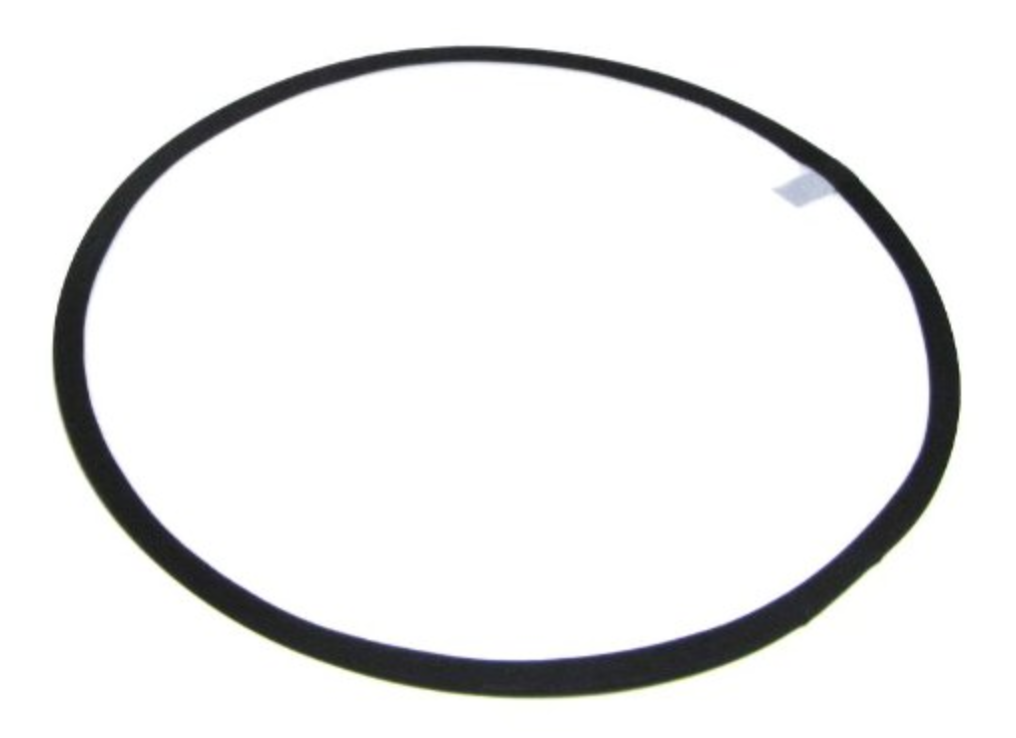Adding quality sound to your videos or podcasts can be pricey in the professional world. Take a look at this site: http://www.sounddogs.com/sound-effects.asp. Unless you happen to be a sound engineer or know a musician with a handful of quality music tracks to lend you, you'll need to find yourself some royalty free sounds. Here are some of my favorite sites for free sounds. Please note that while you can download music tracks for free, you may still be required to credit the original artist if you plan to publish any works using the tracks. Please read all disclaimers when downloading other people's work.
Sound effects and royalty free music. Just pick a category, preview, then download
what you want. Registration
required. Musical selection not quite as
big as the sound effects.
 Sound effects only.
This site lets you key word search for your sounds, or browse tags, to
categorically search for the right sound.
They also have a system that allows you to rate the sounds.
Sound effects only.
This site lets you key word search for your sounds, or browse tags, to
categorically search for the right sound.
They also have a system that allows you to rate the sounds.
A nice, clean looking site with a lot of free sounds. Keyword search, and easy download. No registration is required here to download
sound files.
 This site has royalty free tracks created by Kevin MacLeod. Keyword search is available, but you There are plenty of quality
recordings to use. Don’t forget to
attribute the artist. There is also a keyword search, but you will
probably want to click the genre or mood that matches the type of music you are
looking for.
This site has royalty free tracks created by Kevin MacLeod. Keyword search is available, but you There are plenty of quality
recordings to use. Don’t forget to
attribute the artist. There is also a keyword search, but you will
probably want to click the genre or mood that matches the type of music you are
looking for. 























